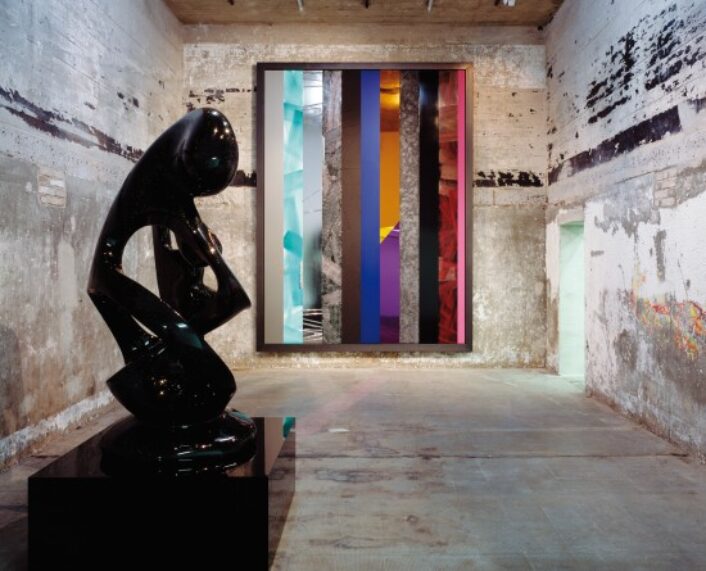Architecture
Museum Susch
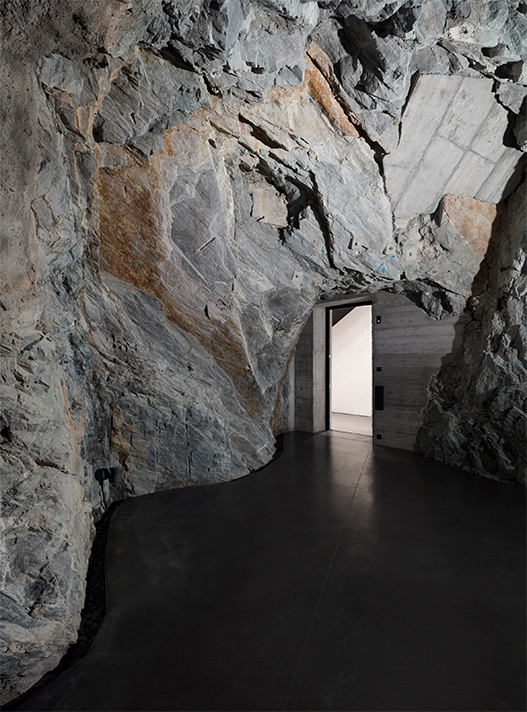
One of the first things you encounter when stepping inside the museum is the natural mountain rock grotto.
Image courtesy of: Dezeen, photographed by: Conradin Frei
Swiss architects Chasper Schmidlin and Lukas Voellmy were tasked with the job of excavating a mountain in the Swiss Alpine town of Susch to create a contemporary art museum.
The former 12th-century monastery was renovated and repurposed several times over the past two centuries. In the 19th-century, it was turned into a brewery that sat above a mountain spring.
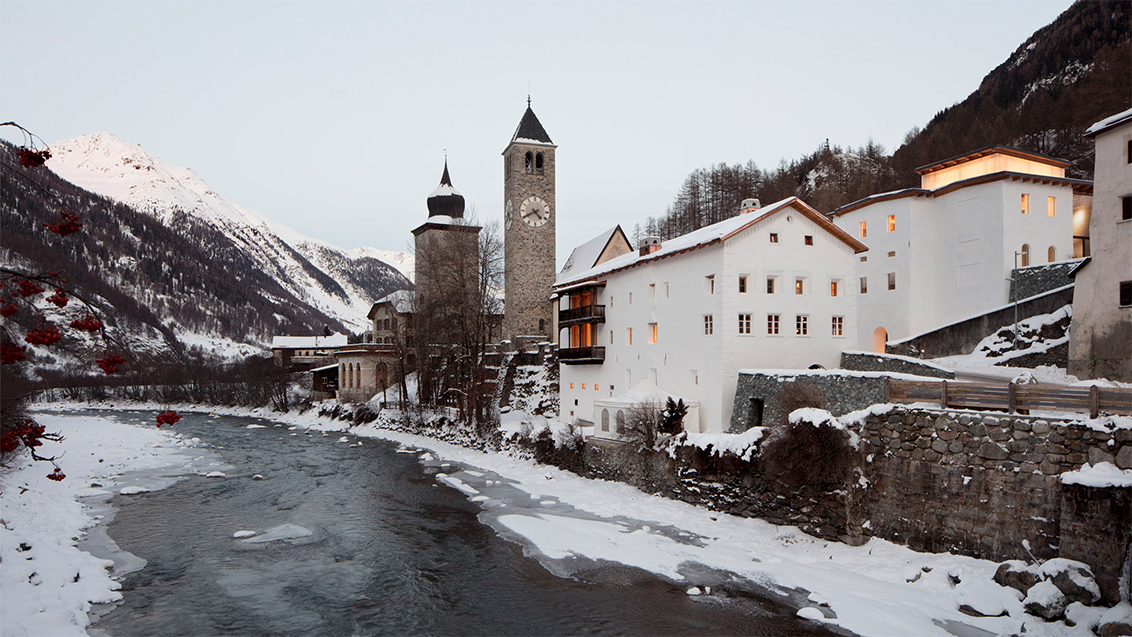
This contemporary art museum opened on January 2, 2019.
Image courtesy of: Dezeen, photographed by: Conradin Frei
Museum Susch occupies the remains of a monastery which was established in 1157. The building was set on a sloping site near a river in the Engadin Valley. A busy area, this specific site was on the route of the ancient pilgrimage from Rome to Santiago de Compostela.
The buildings are protected by local Cantonal Historical Preservation Law which states that the integrity of the structure must remain in its original state and changes can only be made internally.
The Polish enterpreneur Grazyna Kulcyk, a long time supporter of the arts, is the one founding the new institution. Along with renovating the three buildings, an addition was built. The challenge for the architects was uniting the structures visually as well as physically.
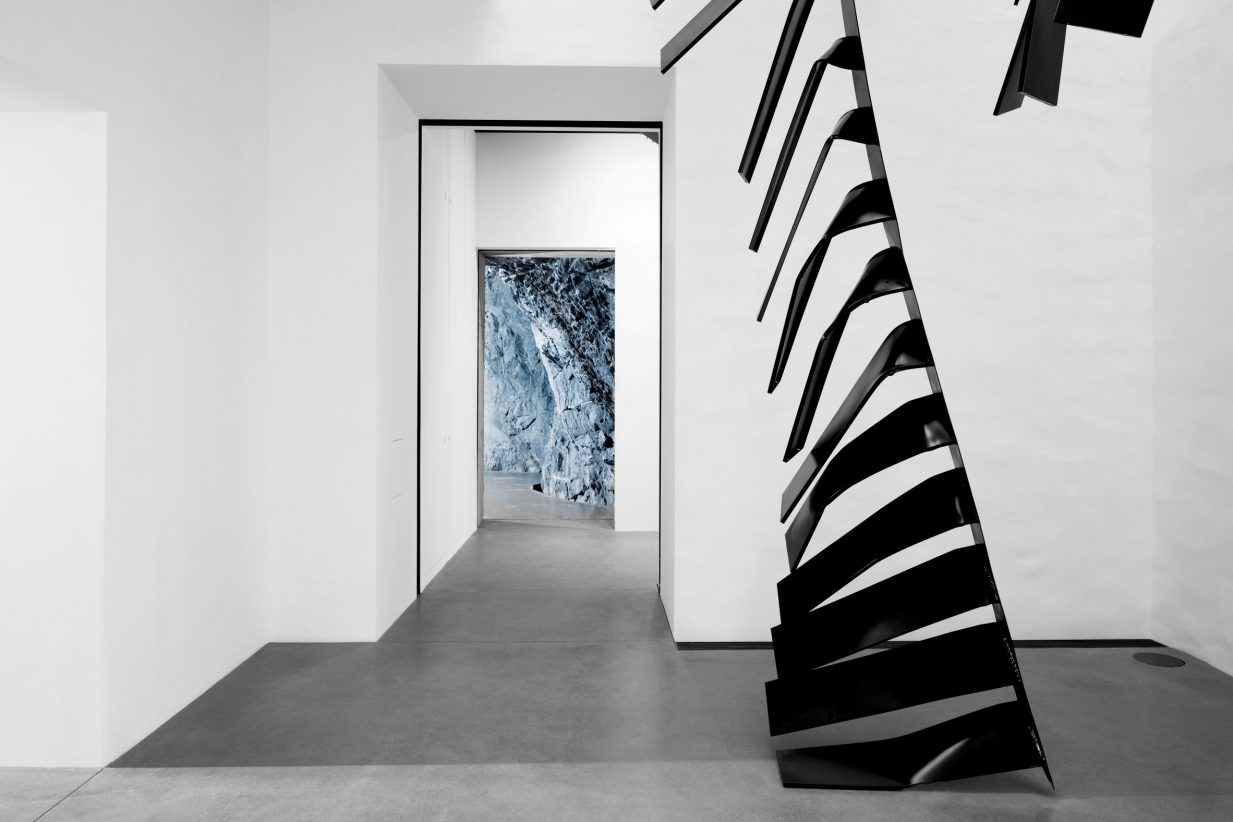
About the tower the architects said, “It was clear to us that this was a space with huge potential, and should form the ‘core’ of the museum.”
Image courtesy of: Dezeen, photographed by: Conradin Frei
The first stages of the project involved over a year of excavations. 9,000 tons of local rock needed to be moved. The cleared passageway forms a gallery for site-specific artist commissions.
The brewery’s original cooling tower was extended by four meters into the ground to a total of 17 meters in height. Rooms are arranged around this cooling tower, which is now topped with a lantern-like glazed extension, and provides a naturally illuminated exhibition space for site-specific work.
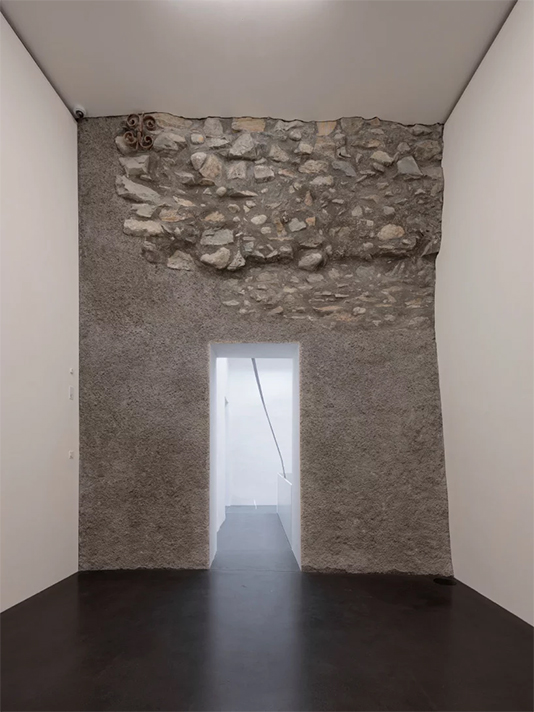
The excavated rock fragments from the building’s expansion were repurposed to create the galleries’ polished terrazzo flooring. This was mixed with sand from the bed of the Fluela Pass river which runs through the town.
In other rooms, wood sourced from local surrounding forests was used for the flooring and wood wall-paneled cloakrooms.
Image courtesy of: Design Boom, photographed by: Stefano Graziani
When choosing the two architects, Kulczyk said, “It was important to me to work with architects who had knowledge of the area, and understanding of its unique features when intervening into the structure. Chasper’s family heritage is from the Engadin and Lukas too has been a visitor to Susch for many years, so I was confident they would respect the character of the place. Through the process we have developed a relationship with the building, uncovering parts of its history which have informed the project brief. Museum Susch is intended to be a place of contemplation and challenge to accepted ideas, a museum that is like no other.”
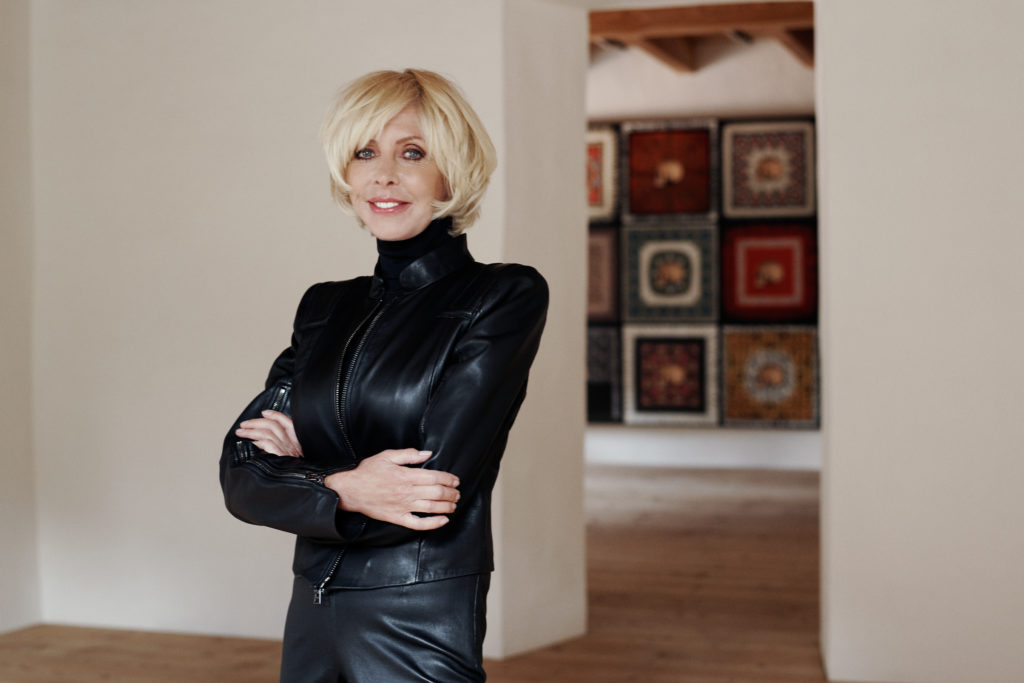
Grazyna Kulczyk got her start working with tech start-ups in the early 1990s. Always an art lover, Kulczyk’s personal collection includes big names such as Olafur Eliasson, Yayoi Kusama, and Donald Judd.
Kulczyk at Museum Susch.
Image courtesy of: ArtNet News,photographed by: Anoush Abrar
This is Kulczyk’s third attempt at the opening a museum of her dreams. The Polish billionaire tried twice to build a museum built in her homeland; unfortunately, she was faced with opposing forces.
As for picking the 200-resident village for her dream, “In the remote and beautiful mountain surroundings, we are afforded the opportunity to do something different and disruptive, to encourage a ‘slow-art’ approach to appreciating art in a contemplative, quiet context.”

